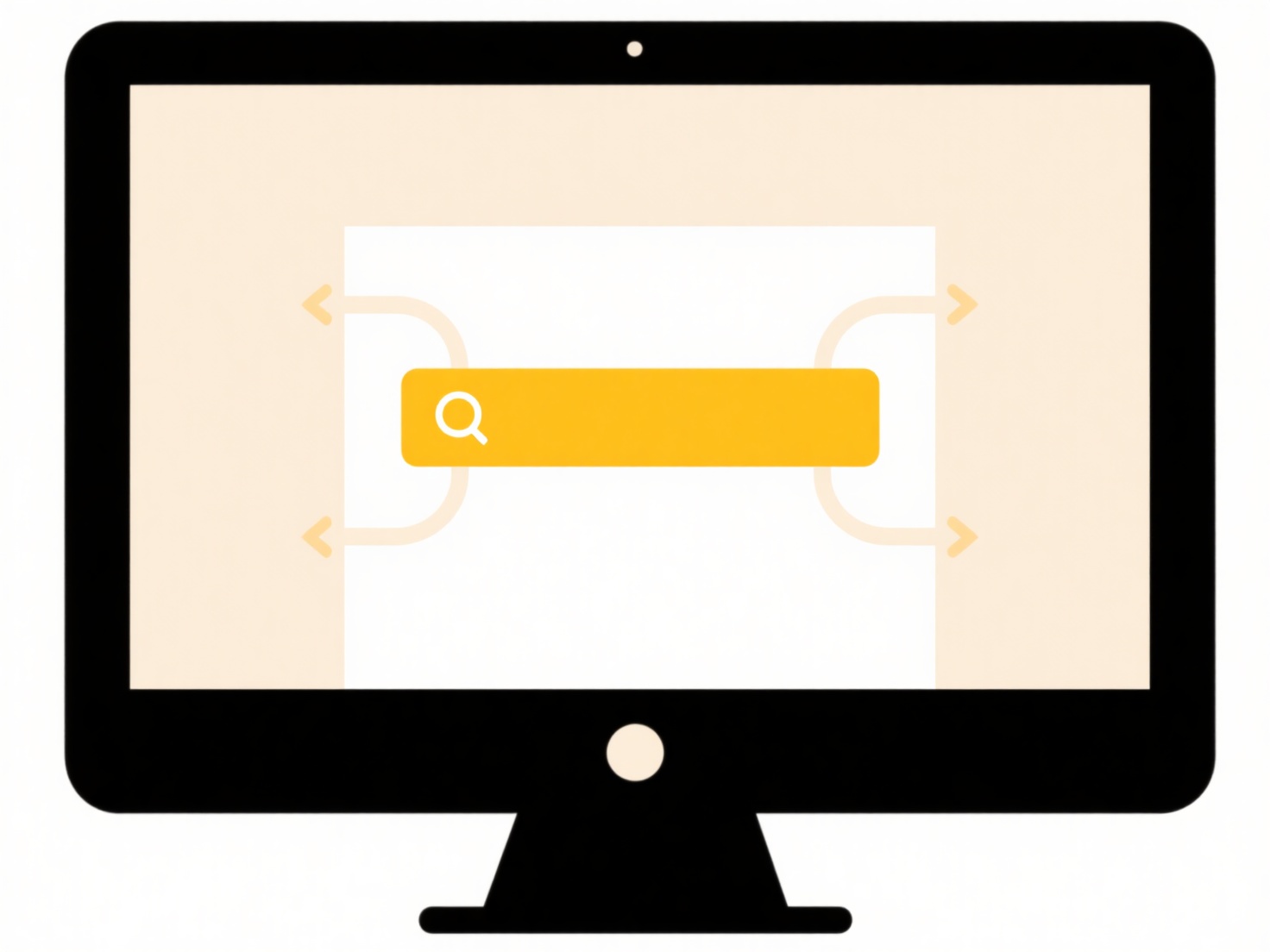
File sync loops occur when file synchronization processes inadvertently create duplicate files that trigger additional sync actions in a repeating cycle. This differs from standard syncing, which copies files only once between designated locations. Recursive duplication happens when the synchronized output itself becomes input for the same sync process, often due to misconfigured folder paths. It manifests as endless copying of the same data, consuming storage and bandwidth.
For example, a loop might occur if a backup tool syncs folder A to folder B, but a separate rule then tells a cloud service (like Dropbox) to also sync folder B back to folder A, causing cyclical copying. Similarly, syncing photos from Device X to a cloud storage folder automatically ingested into photo libraries on Device Y and Z could cause recursive duplication if that library syncs back to the original cloud location.

Detecting loops involves monitoring sync logs for repeating file modifications with identical sizes, timestamps, or checksums appearing rapidly across locations. Prevention relies on careful path configuration and avoiding bidirectional syncs between overlapping directories. While tools like rsync use checksum comparisons to avoid known copies, loops remain a risk due to config errors, leading to resource waste. Awareness of sync flow direction is crucial.
How do I detect file sync loops or recursive duplication?
File sync loops occur when file synchronization processes inadvertently create duplicate files that trigger additional sync actions in a repeating cycle. This differs from standard syncing, which copies files only once between designated locations. Recursive duplication happens when the synchronized output itself becomes input for the same sync process, often due to misconfigured folder paths. It manifests as endless copying of the same data, consuming storage and bandwidth.
For example, a loop might occur if a backup tool syncs folder A to folder B, but a separate rule then tells a cloud service (like Dropbox) to also sync folder B back to folder A, causing cyclical copying. Similarly, syncing photos from Device X to a cloud storage folder automatically ingested into photo libraries on Device Y and Z could cause recursive duplication if that library syncs back to the original cloud location.

Detecting loops involves monitoring sync logs for repeating file modifications with identical sizes, timestamps, or checksums appearing rapidly across locations. Prevention relies on careful path configuration and avoiding bidirectional syncs between overlapping directories. While tools like rsync use checksum comparisons to avoid known copies, loops remain a risk due to config errors, leading to resource waste. Awareness of sync flow direction is crucial.
Quick Article Links
How do I find a slide or title within PowerPoint?
To locate a specific slide or its title within a PowerPoint presentation, you primarily use two integrated features: the...
Can the owner of a file see my edits?
File owners typically see edits made to their documents depending on access permissions and platform features. File owne...
Can renaming a file improve clarity in search results or indexing?
File renaming can significantly improve clarity in search results and indexing. While the actual file contents remain un...